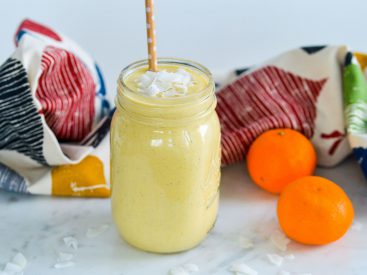Socca, pronounced soh-kuh, is a menu staple at the Good King Tavern , our cozy French bistro in Philadelphia’s Bella Vista neighborhood. A savory pancake made from chickpea flour, socca is a traditional Niçoise street food. Just as you’ll find crêpes in Paris, you’ll find socca served at Nice’s […]
Delicious!
Delicious!



